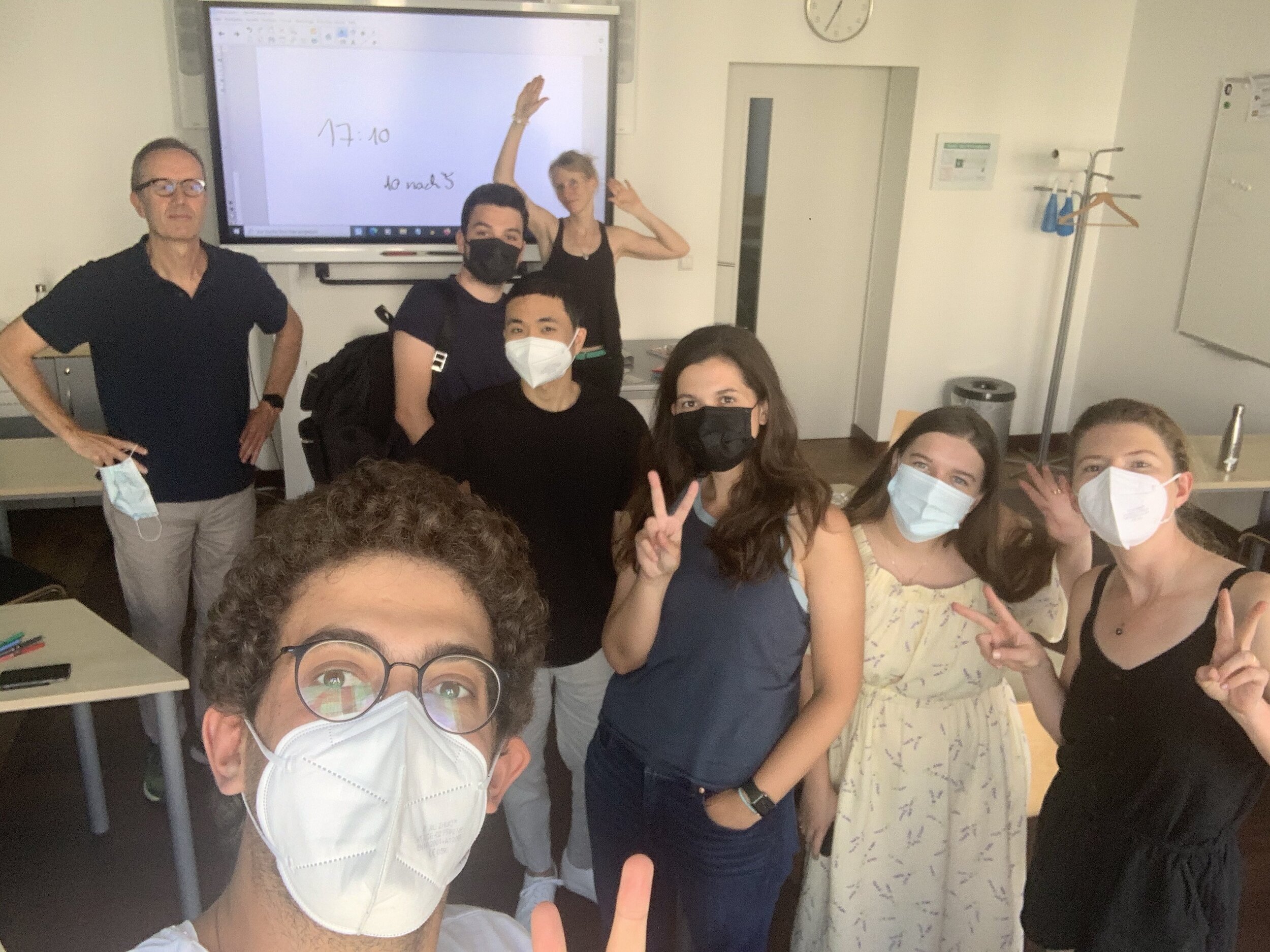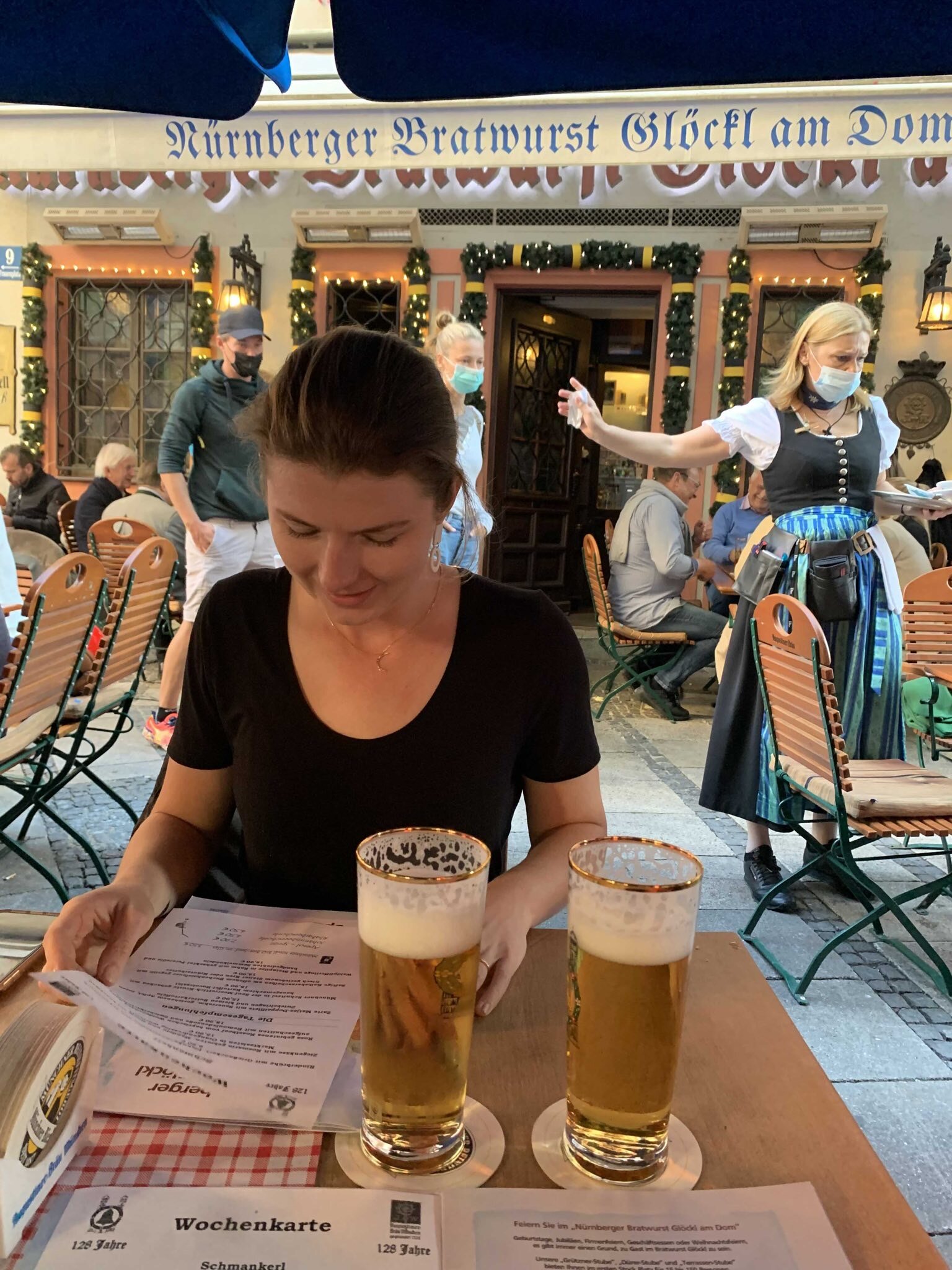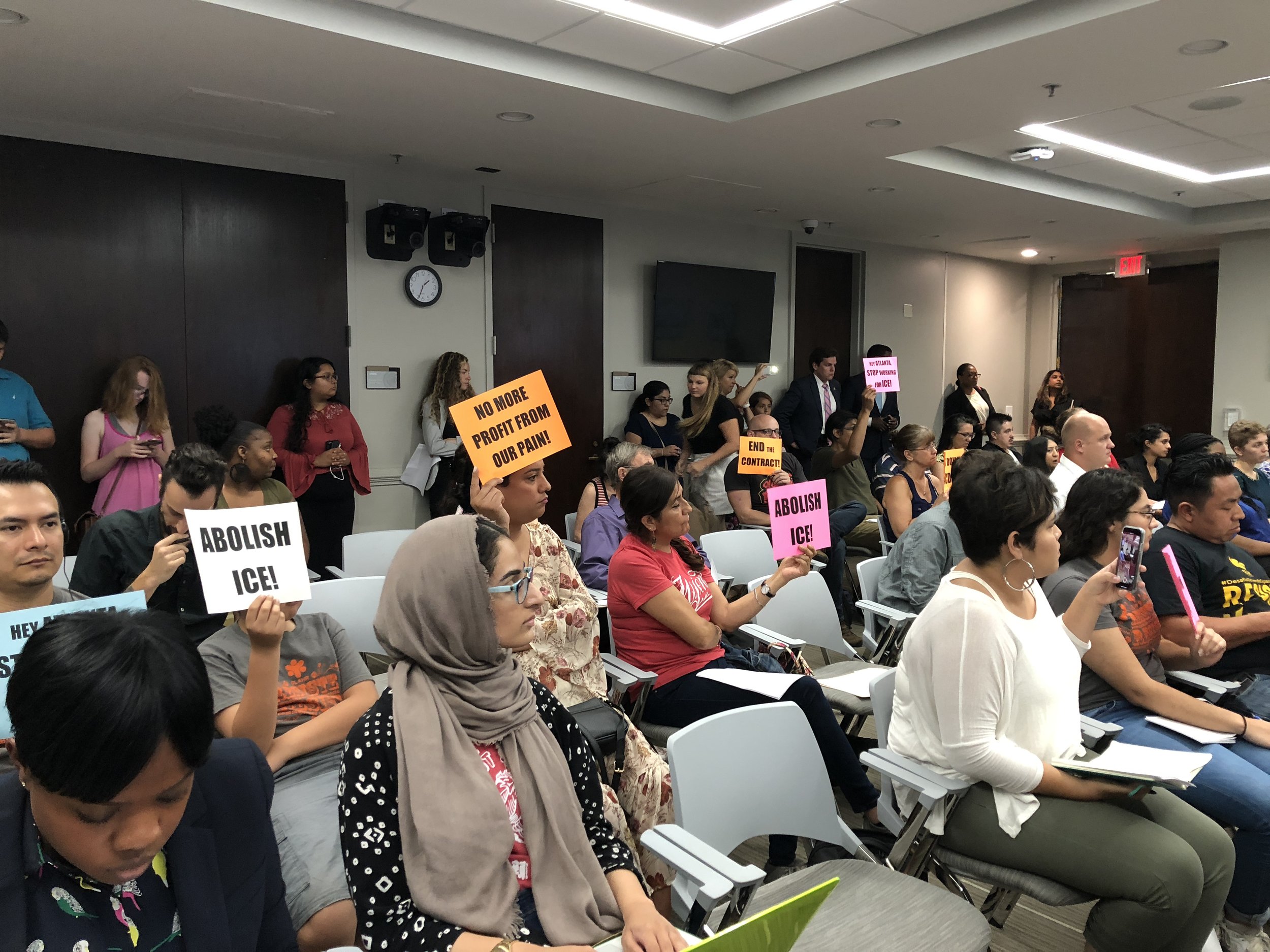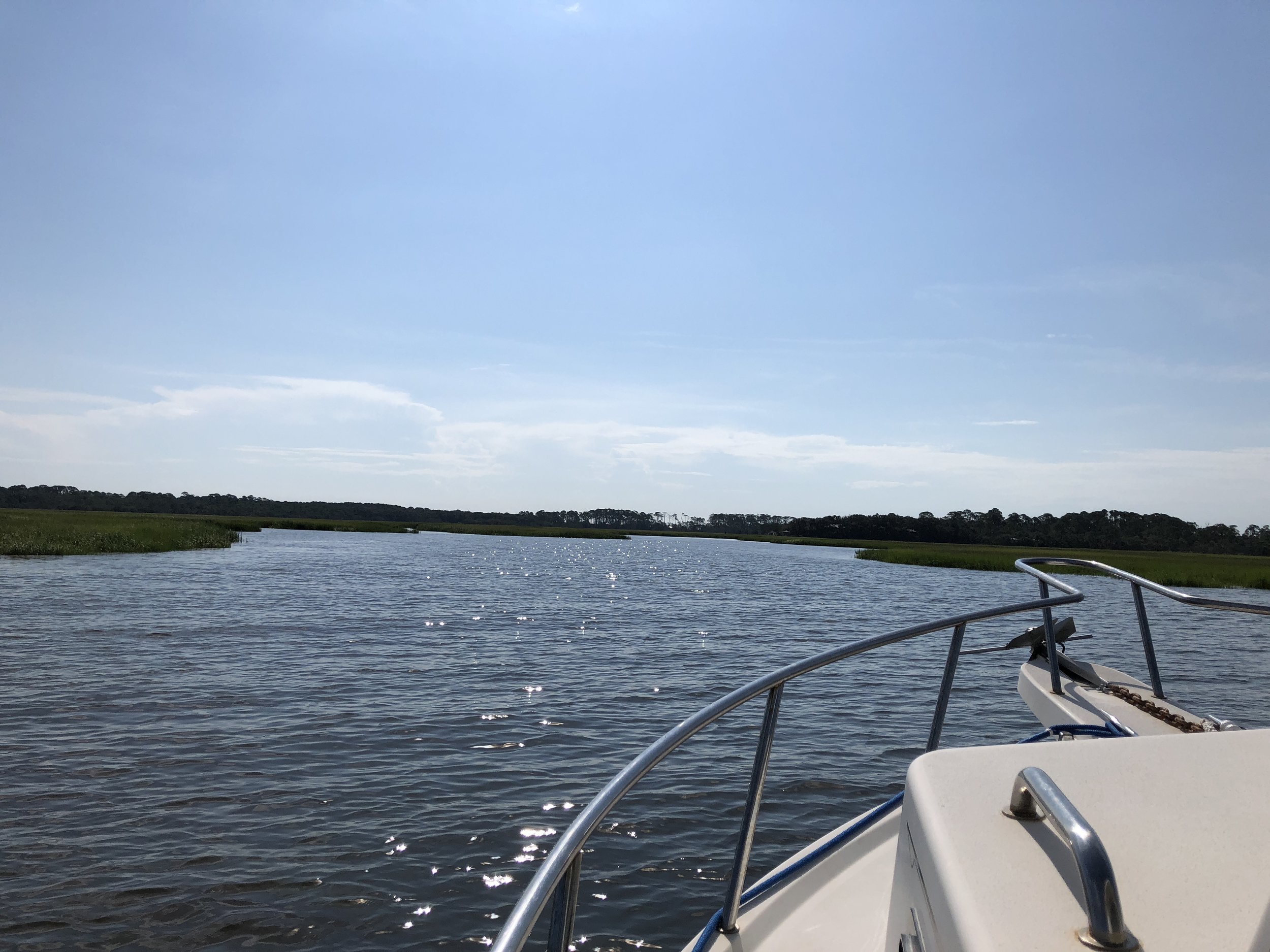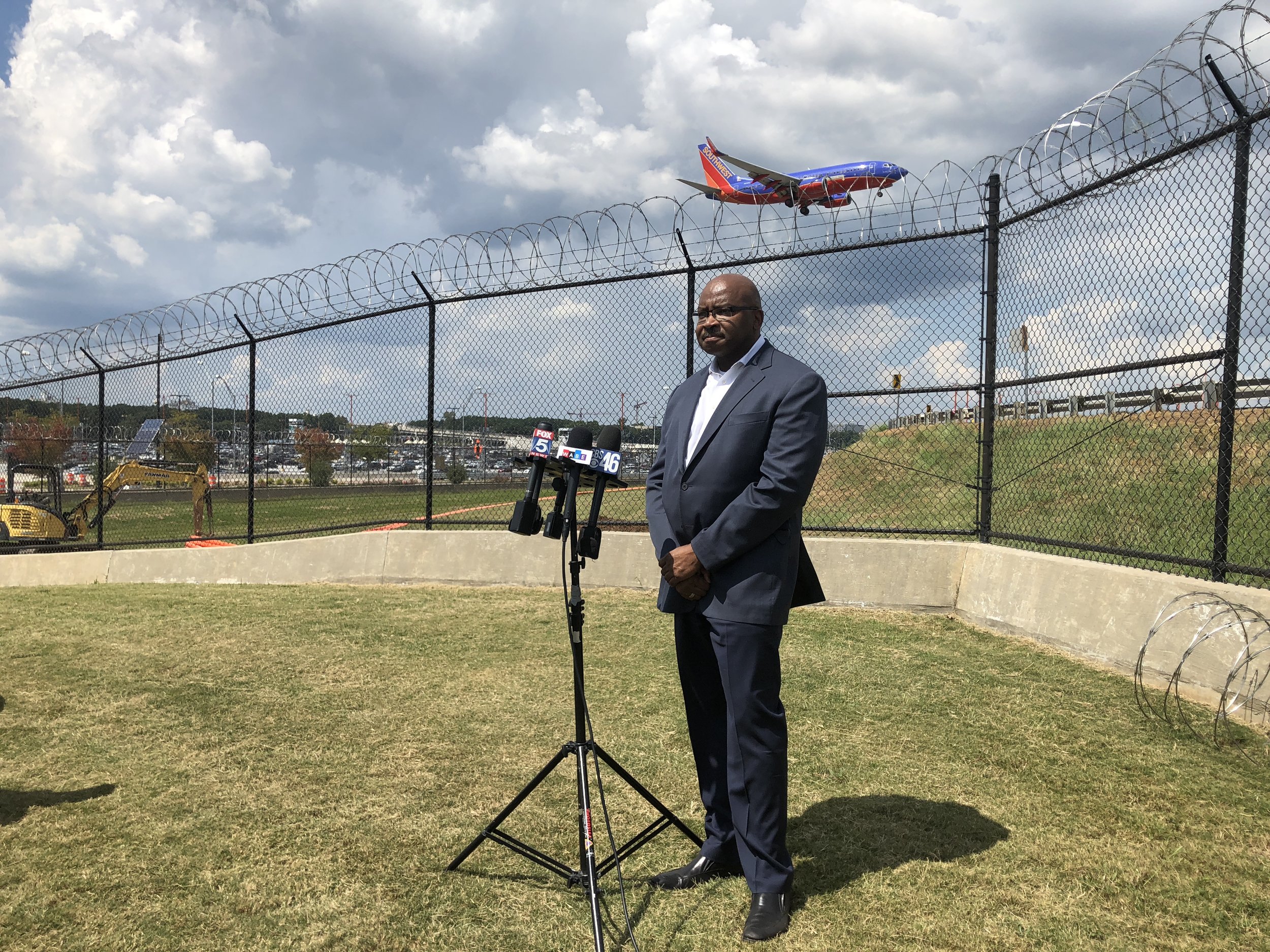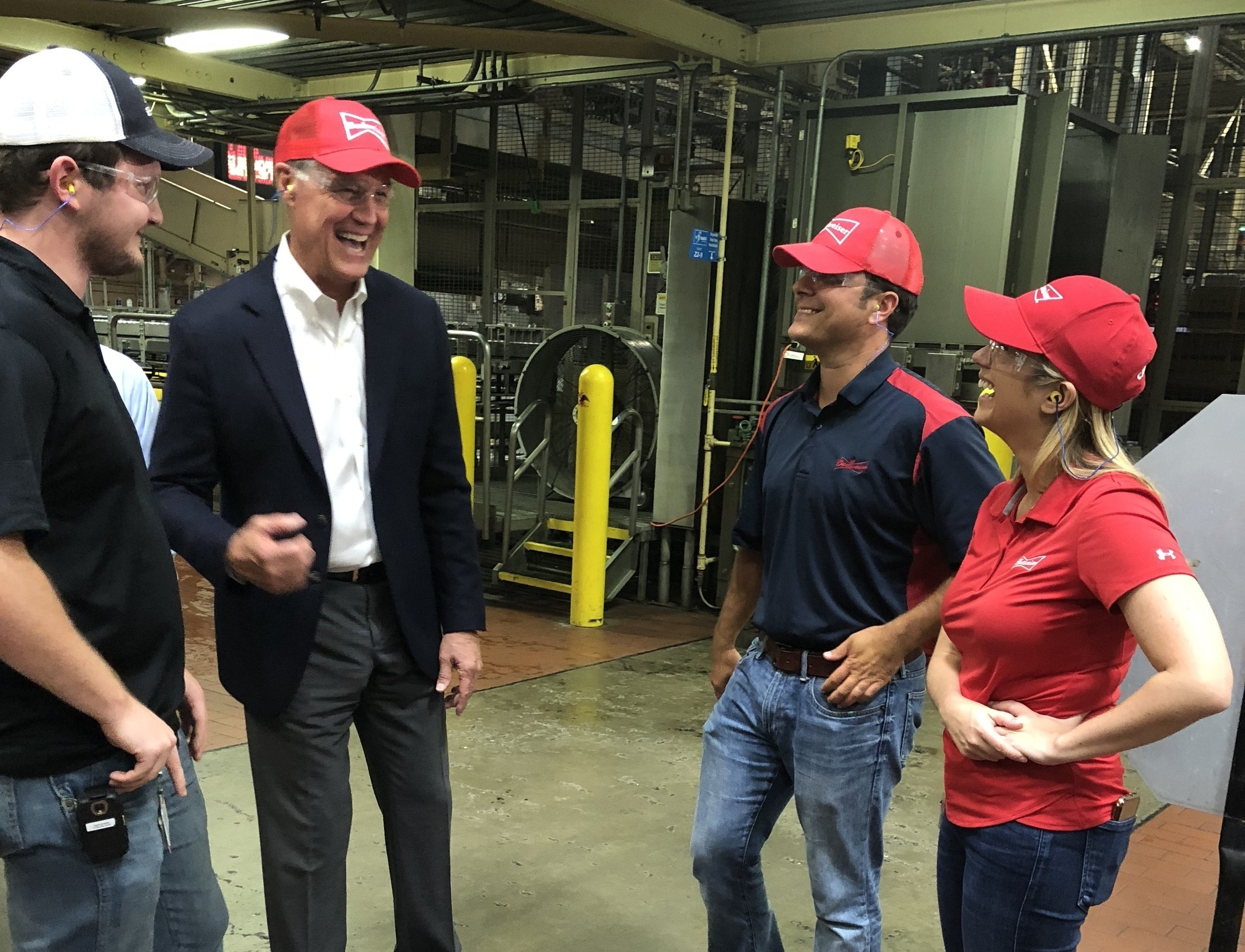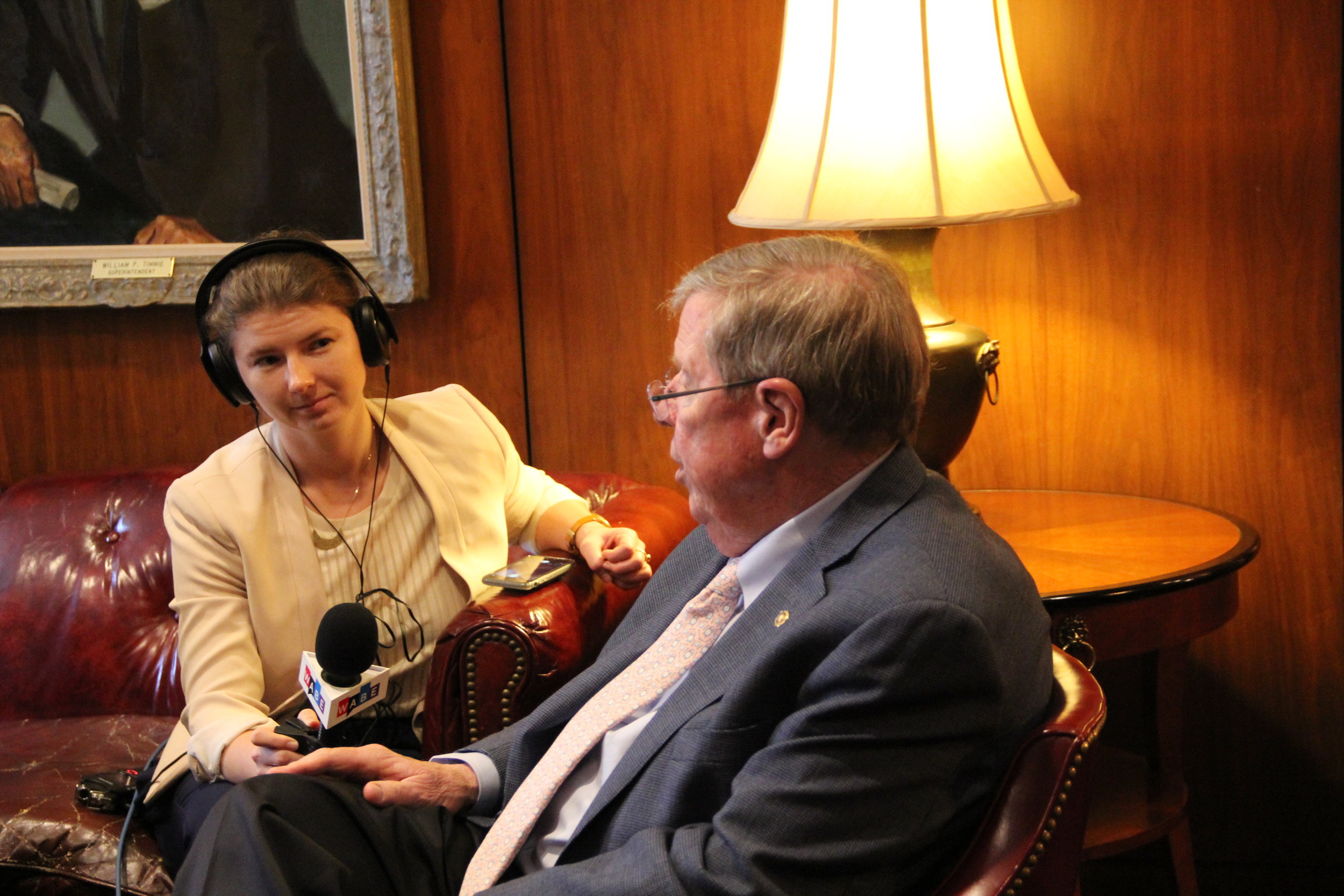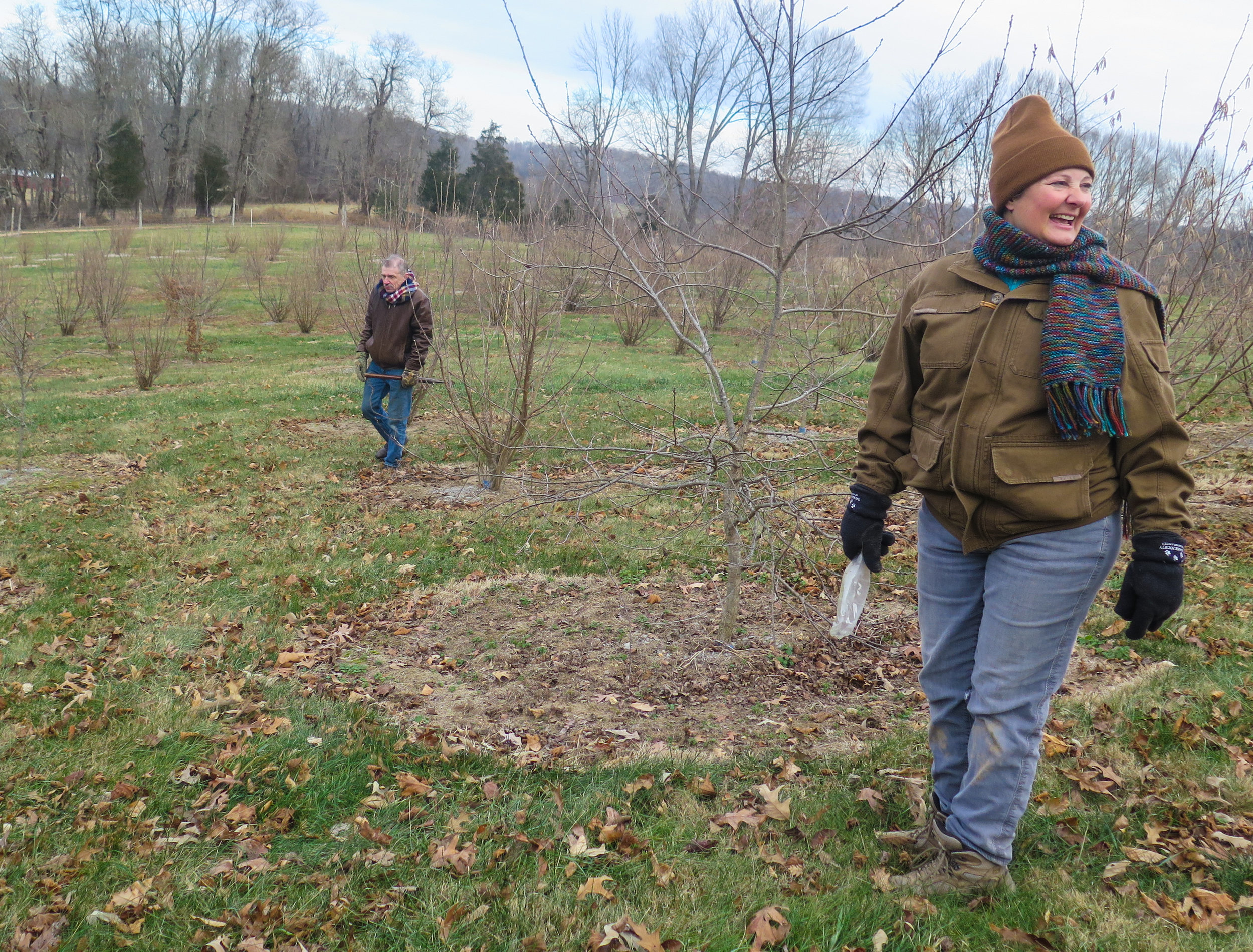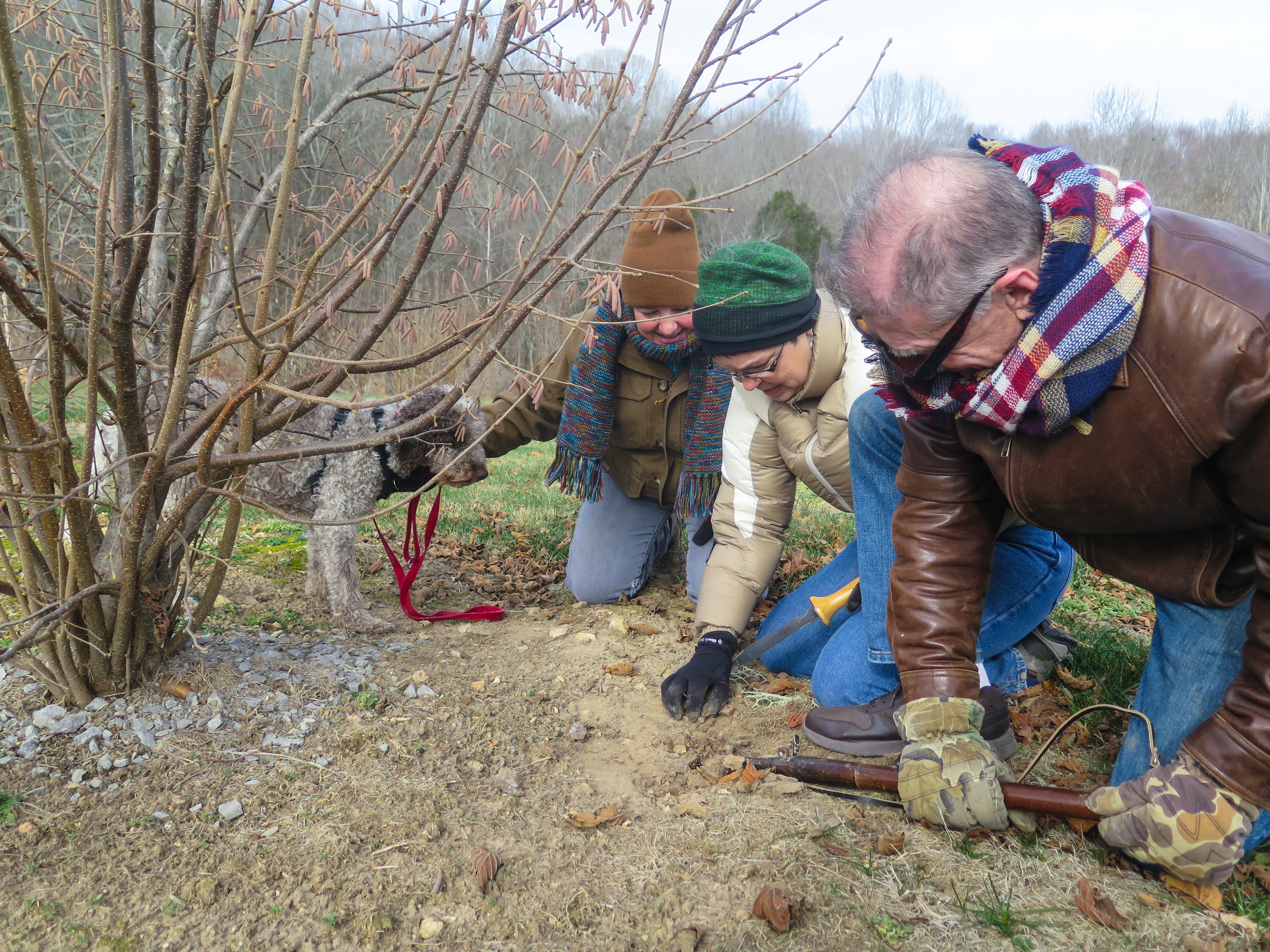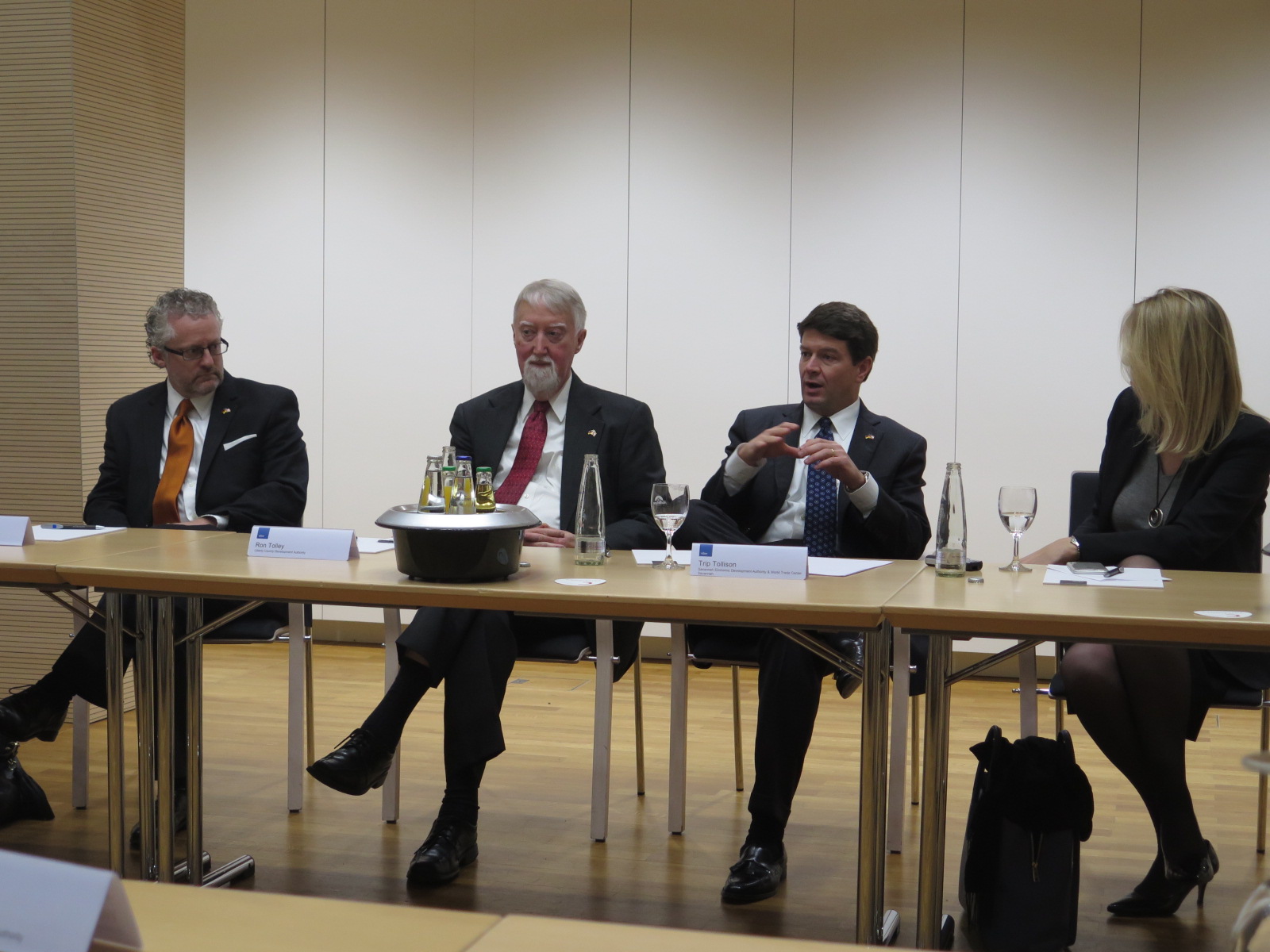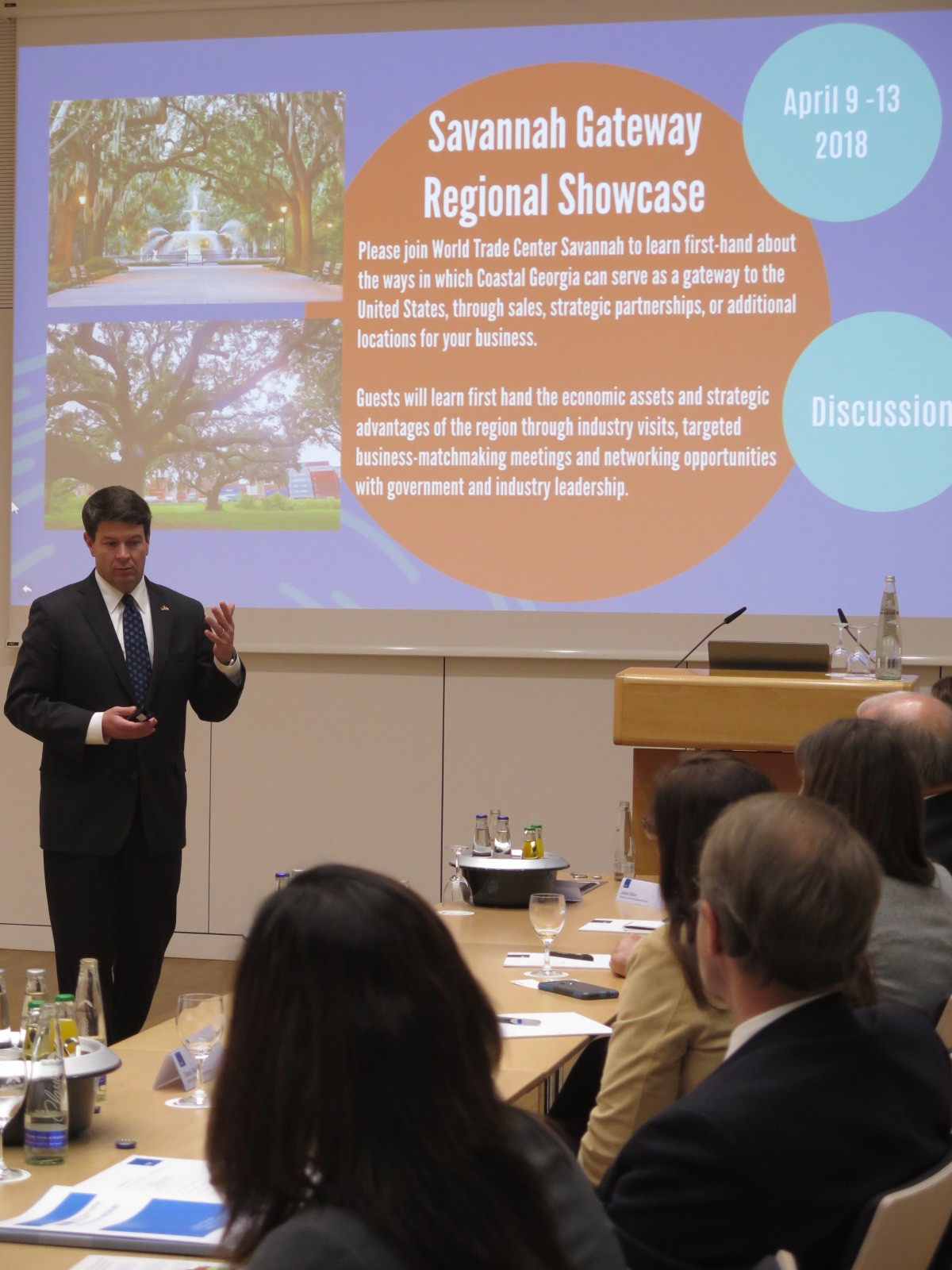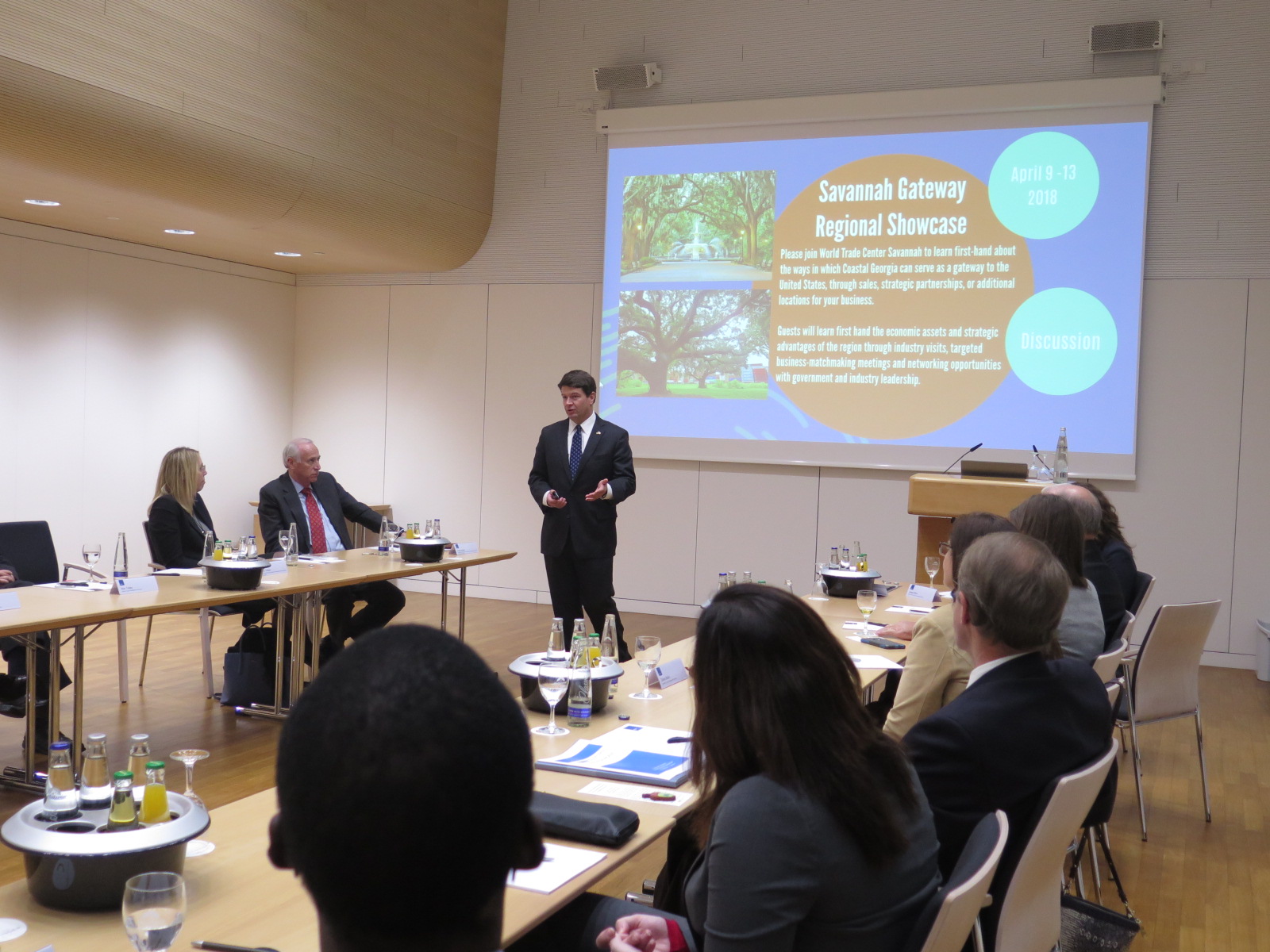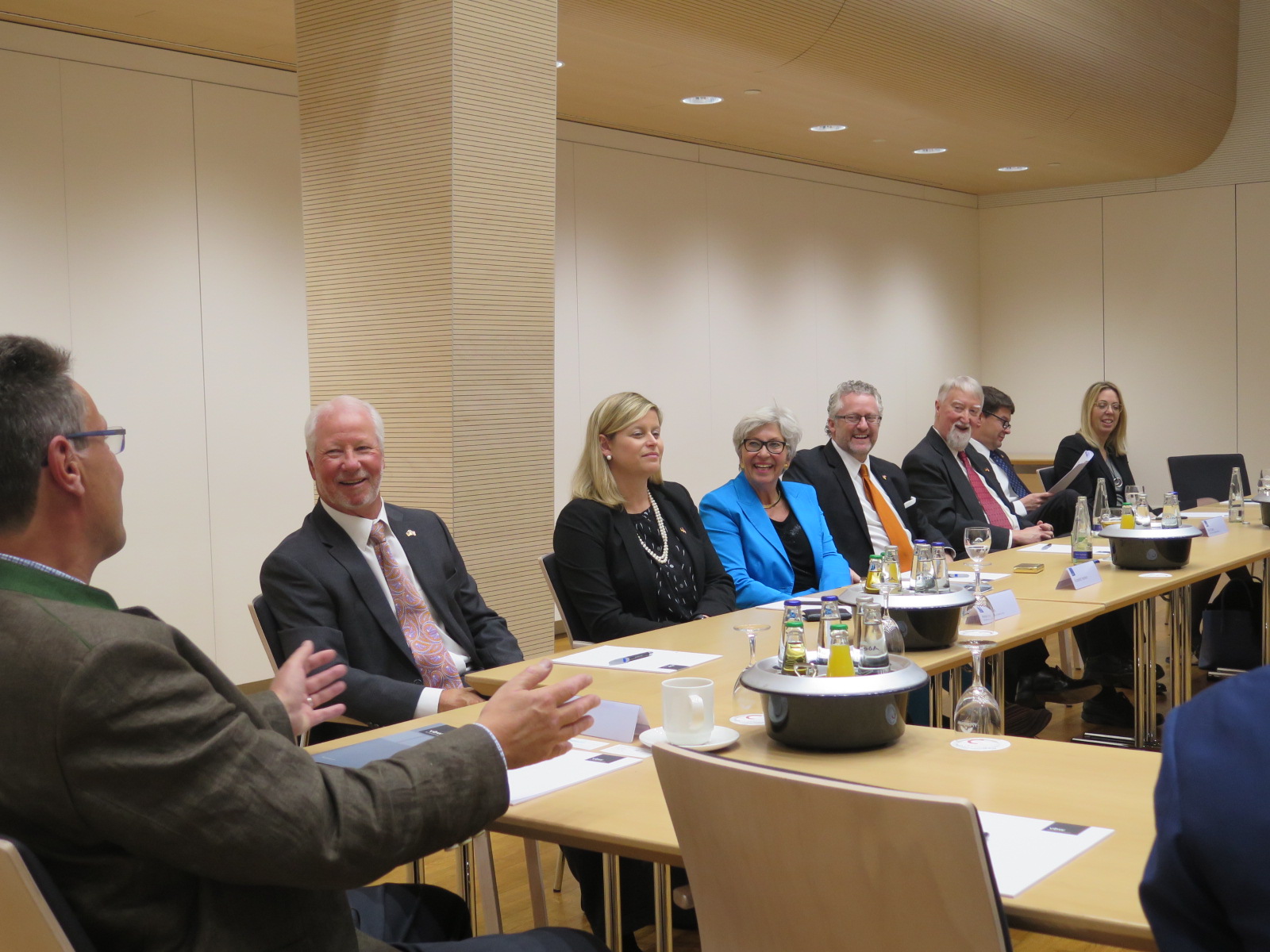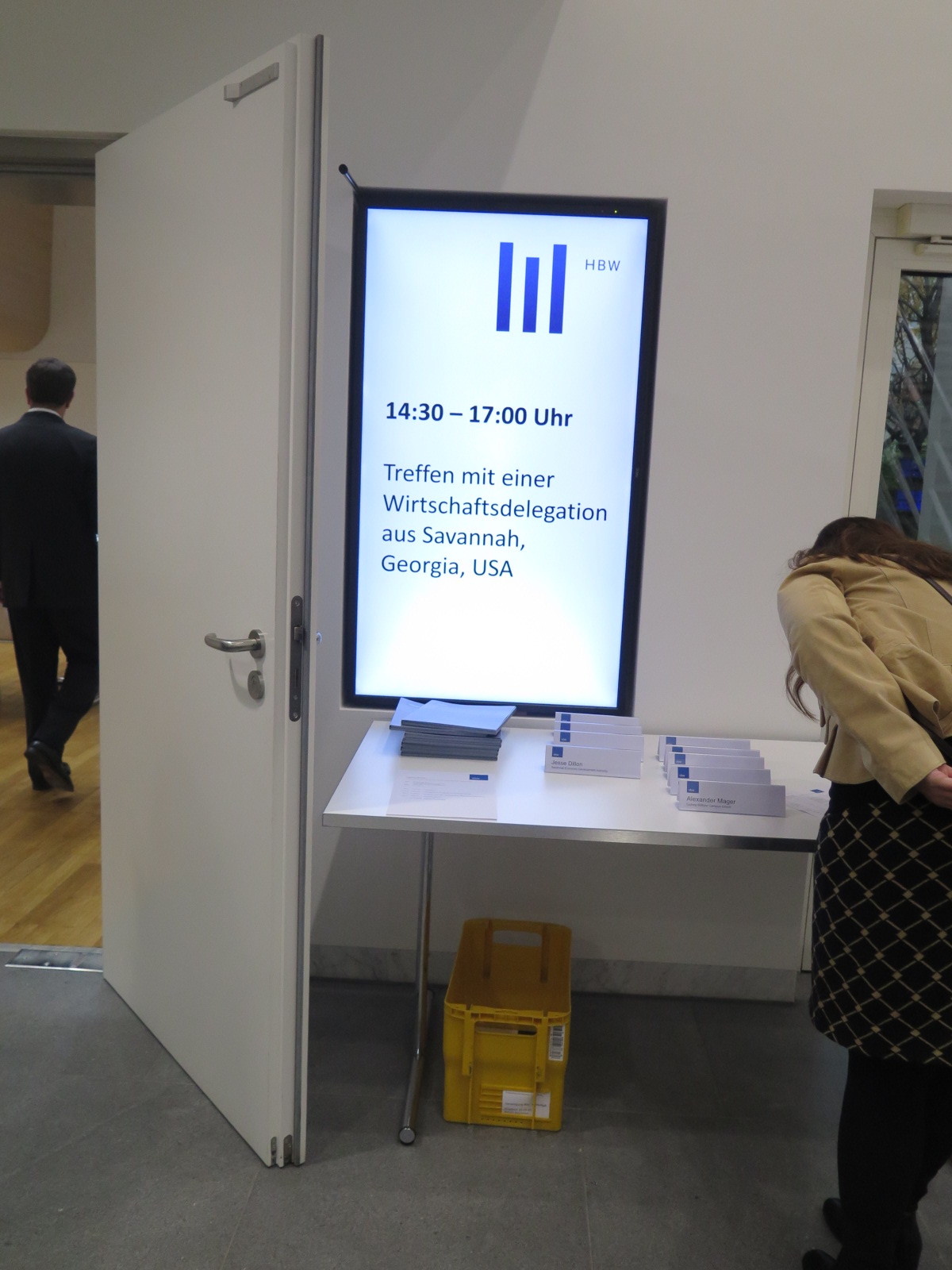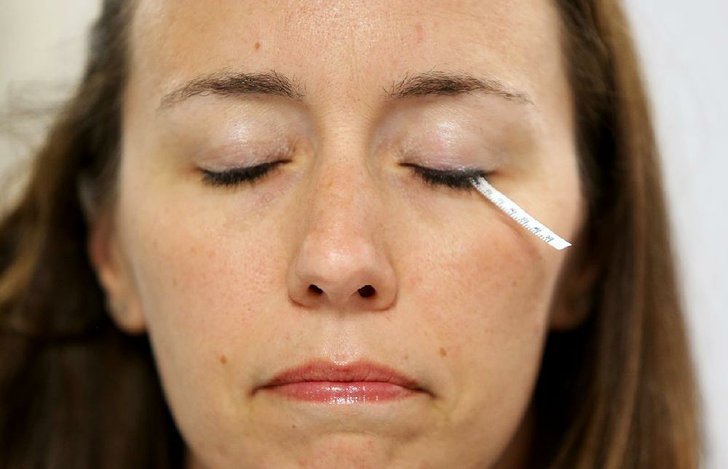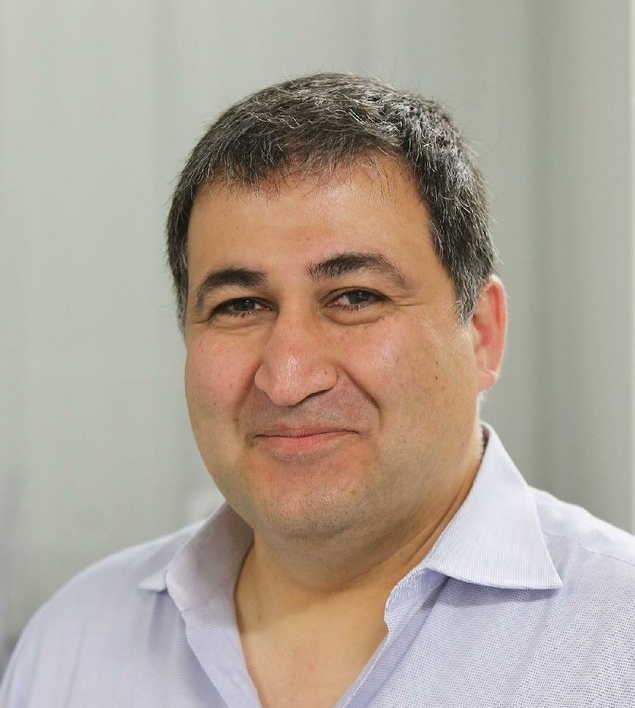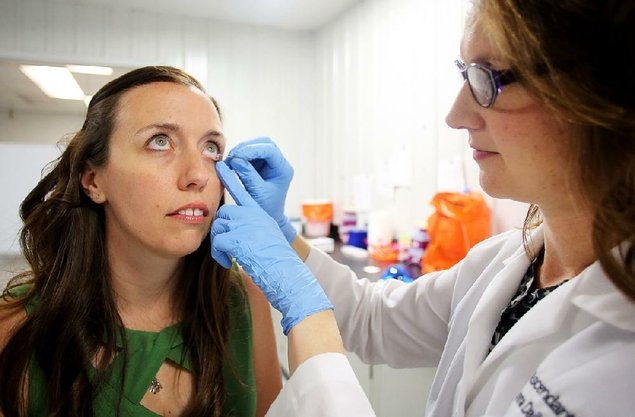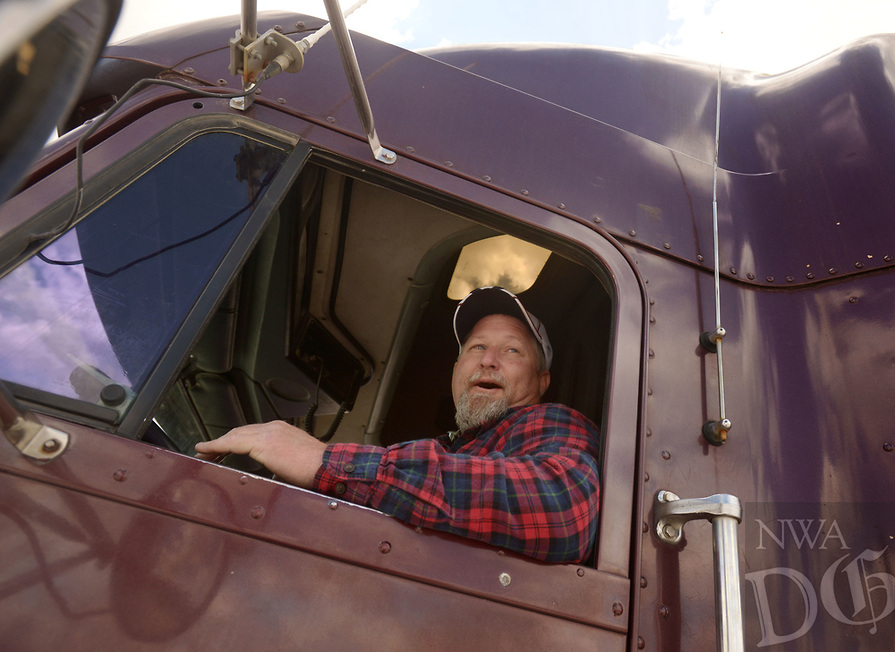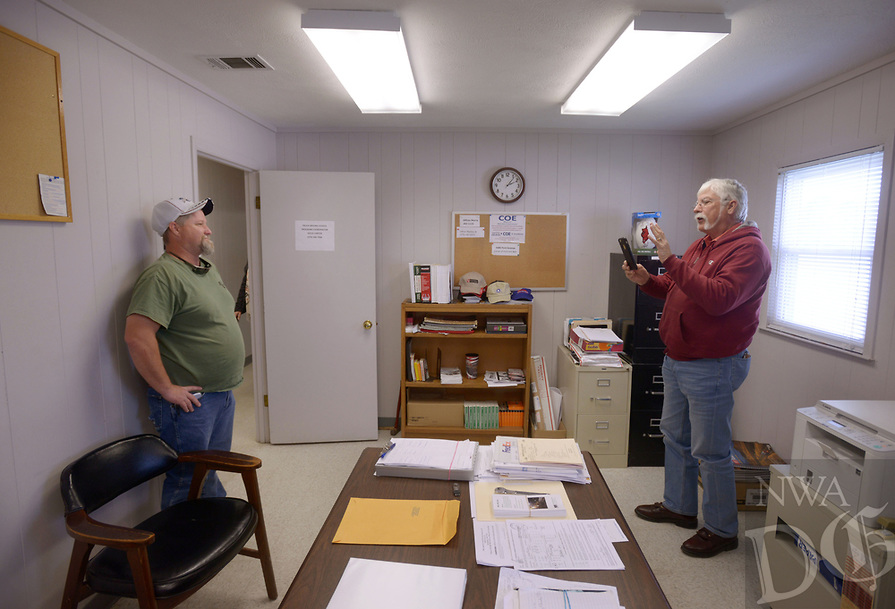The ease of entry stems from a driver shortage the long-haul trucking industry has been complaining about for decades. The average driver turnover rate falls around 90 percent, and companies work hard to attract people across the country with hopeful promises of better benefits and pay, autonomy and the open road.
It's no accident that many trailers have permanent "drivers wanted" signs, though it all begs the question: Why has this problem persisted for so long?
Bob Costello, chief economist for the American Trucking Associations, pegged the national shortage around 50,000 in 2015 and said there are several reasons for it.
First of all, being away from home for weeks at a time wears on people, he said. Second, there is a "demographics issue" as a result of the minimum age being 21.
"That means we lose out on all of those people coming out of high school," he said. The median age of a truck driver is 49, versus 42 for all professions, according to a report by Costello and U.S. Department of Labor statistics.
The trucking industry also has trouble recruiting women, who make up about half of the labor force, he said.
"You add all of this stuff up together, and we've got a labor shortage," Costello said. "I guess that's good news for current and would-be drivers. I don't care what you're short. You're short bottled water and the price goes up. You're short truck drivers and the pay goes up."
The Bureau of Labor Statistics estimates that the median heavy-duty tractor trailer driver salary at about $41,000, compared with that of a textile or furnishing worker at $30,000. Trucking company advertisements commonly tout the longer-term possibility to earn closer to $80,000.
As Doug Carter, founder of the Mid-America Truck Driving School in Malvern put it, "I firmly believe, and I've said it to my students many times, as long as you have this CDL in your pocket, it's like an asset."
He said after leaving a career as an accountant in corporate America in 1982, it "represented a way for me to provide for myself and my family."
The shortage, Carter said, "is a blessing for the drivers, but a curse for the carriers, shippers and consignees."
Steve Viscelli has focused his sociology career on the trucking industry and even went out on the road as a driver himself at one point.
He said many new drivers are "pushed" into trucking as a second or third career. For various reasons, like a shrinking industry or an injury, he explained, they have been "pushed out of a job" and are looking to maintain that income level.
"They've had a decent or skilled job, and they lose it or want to move away from it," he said. "Trucking at least promises the ability to maintain that same income level. Even if it requires 50 or 100 percent more hours, they can still keep that income longer term."
Then there are those "pulled in," he said, "looking for higher wages than they had earned previously."
Diego Nava said he now makes about twice the money driving for Maverick Transportation than he had been making at a Wal-Mart distribution center.
"I don't have to put up with another person supervising me," he added. "As long as I'm doing what I'm supposed to be doing, no one bothers me."
"I'm still trying to get used to staying away from home for long periods of time," the father of two admitted. He said he makes it home most weekends.
Viscelli agreed that drivers can make good money on the road, but that statistic often doesn't take into account that they can work twice as many hours to do it.
"The initial money is very attractive to workers who want to go up in pay and can sustain those 70-80 hour weeks," he admitted. "A lot of workers who are maybe coming from lower-paying jobs are happy with that, except for the time that it requires away from home."
Shortage self-inflicted
Viscelli said the driver shortage could be self-inflicted by the industry. "A driver a few years ago described it to me as, 'It's a shortage of drivers the same way there's a shortage of Cadillacs. If I walk into a Cadillac dealership and tell them I want to pay $10,000, and they tell me there are no Cadillacs, there must be a shortage of Cadillacs.'
"When you look at it, you've got 10 million CDL holders in the U.S. right now," Viscelli said. "But, only 3 million are using them. There is no shortage at all of CDL drivers. We've got 7 million sitting on the sideline, but for an industry that supposedly has a shortage, they can't attract the 7 million who have already trained for the job."
One problem Viscelli highlighted is a misconception of immediate high pay, given that the estimates in recruiting and advertisements are calculated at top productivity potential. Most drivers, he said, become disillusioned because it takes time to reach that top productivity, so they earn less at first, especially taking into account the lower pay rates of mandatory training time.
The statistics of unemployment offices can be skewed because it assumes a 40-hour workweek, Viscelli added.
"They estimate that drivers make around $25 per hour whereas most drivers end up working for $10 per hour. Their calculations are off because they just don't know how much truck drivers actually work," Viscelli said, referring to nondriving work time, like waiting and loading time.
"Really new drivers are very hopeful, and it's hard for them to negotiate the conflicting messages that they get," he said.
Faulty math
After deciding between more than 20 companies, Marler completed his training with Crete Carrier Corp. and is driving on his own. However, he said, "I'm finding out some stuff that the recruiter neglected to tell me."
He said the recruiter had promised 44 cents a mile. "I did all the math at 44 cents a mile," he said. After starting, he was told he has to work for six months at 36 cents per mile before the pay ramps up to 48 cents.
"All my math figuring went down the drain," he said.
Crete advertises its "experienced truck driver pay rate" of 46-49 cents per mile on its website.
Marler also said he was not expecting to have to pay hundreds of dollars for a refrigerator, a converter, broom and cleaning supplies for the truck and trailer. Plus, the truck he was first assigned was filthy and had a melted dashboard.
He has been home for a total of just over a week for the past nine weeks and said his work days have ranged from 10-17 hours with all the extra paperwork and trip planning.
But he can't leave the company yet. "I've got so much time invested in it. If I go to another company, I'm going to repeat the entire process again. I would lose the months of training to start all over again, whereas come October I'll get the 44 cents."
Steven Covington said he got behind on some bills because the training pay at USA Truck was not as much as he had expected. He was gone for two months before returning home unexpectedly for a few days for a funeral.
Despite his original plans to stay out and travel long term, Covington said he has decided he will only stick with it for a few years until he gets his finances in order. He said he's seen the health issues facing drivers and has realized, "the road is not my life. I have other things to do."
For now it's still better than his previous job managing a Whataburger at nights. "I miss the people, but I don't miss the work," he said. "It was killing me."
After about five months of school, training and early stumbling blocks, Marler said, "I'm doing everything I can to stay here right now. When I devote myself to something I try to stick it out no matter how tough. Apparently for the next few months it's going to be nothing but tough," he said.
"I've looked into it, and there's nothing else I can really go do right now and make $1,000 a week," Marler added. "That will at least keep the bills paid."
SundayMonday Business on 06/25/2017




